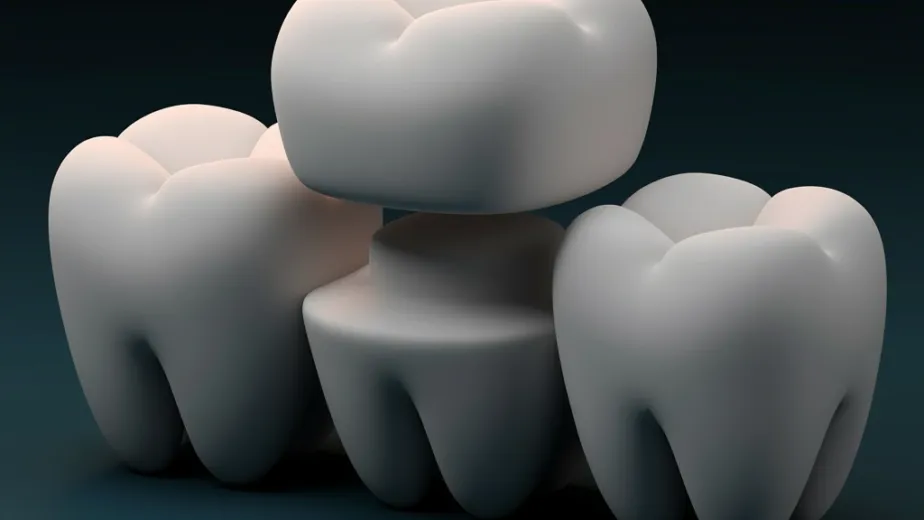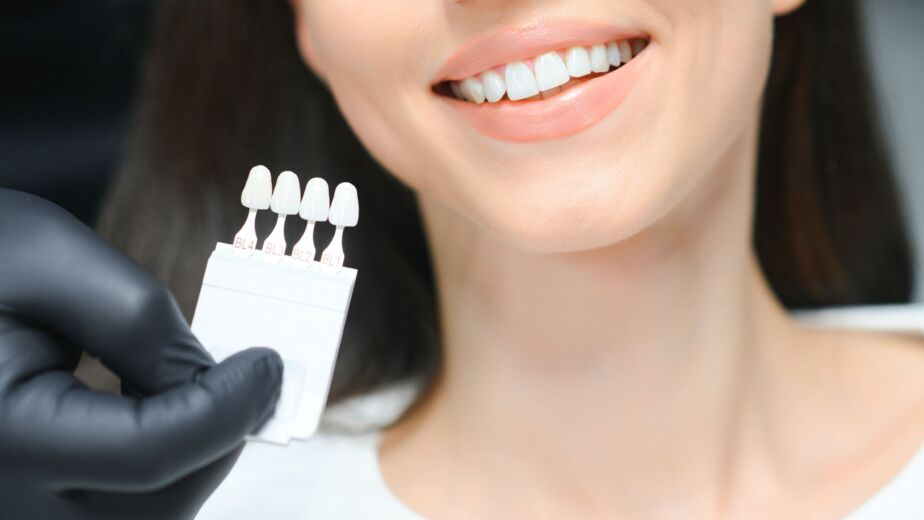If you’re a parent, you already know: little smiles can light up a room—and melt your heart. Pedodontics (also known as pediatric dentistry) is all about protecting those smiles from the very first tooth through the teenage years. At Birgul Klinik, we take a warm, family-first approach that blends clinical expertise with kid-friendly care, so your child feels safe, seen, and celebrated at every visit.
Below, you’ll find a parent’s guide to what matters most: why baby teeth are a big deal, how to build healthy habits at home, what to expect at the dentist, and when to ask for extra help. Think of it as your go-to roadmap for raising cavity-resistant, confident brushers. At Birgul Klinik, pediatric dentistry is our way of protecting growing smiles with gentle, age-appropriate care.
Why Baby Teeth Matter More Than You Think
Baby teeth (primary teeth) do far more than hold space for permanent teeth. They help children chew comfortably, speak clearly, and smile confidently in photos, at school, and beyond. When a baby tooth gets a cavity or is lost too early, it can affect how the adult tooth develops and lines up later. Keeping these first teeth healthy now reduces the chance of crowding and complex orthodontic needs down the road.
Key benefits of healthy primary teeth:
- Support proper jaw growth and facial development
- Guide permanent teeth into the right position
- Make eating, learning sounds, and socializing easier
- Build positive dental habits and confidence early
Modern pediatric dentistry focuses on keeping primary teeth healthy to support speech, nutrition, and self-esteem while setting up a smoother path for adult teeth.
When should your child see a pediatric dentistry specialist?
A simple rule: First tooth, first birthday, first visit. Even if everything seems fine, an early check helps us catch small issues before they grow—and it helps your child get comfortable with the sights and sounds of a dental office in a calm, positive way. After that first check, most kids benefit from visits every six months, but we’ll personalize that schedule based on your child’s needs.
At a typical appointment we’ll:
- Review health history and daily habits (feeding, thumb-sucking, brushing)
- Gently examine teeth, gums, and bite alignment
- Clean teeth and apply fluoride if helpful
- Discuss diet, brushing, flossing, and age-based milestones
- Offer preventive options like sealants for cavity-prone chewing surfaces
Want a deeper dive from a trusted national source? Explore the American Academy of Pediatric Dentistry (AAPD) for parent-friendly guidance on healthy routines and visit timing. In pediatric dentistry, those basics are your biggest wins.
Pediatric dentistry guide: brushing & flossing that actually stick
Consistency beats perfection. Aim for brushing twice a day—morning and especially bedtime—using a soft, child-sized brush with gentle, circular motions along the gumline. Most pediatric dentistry guidelines recommend brushing for a full two minutes.
Toothpaste & fluoride
- Under 3 years: a smear (rice-sized) of fluoride toothpaste
- Ages 3–6: a pea-sized amount
- Supervise brushing to prevent swallowing and to help them reach every surface
Flossing
Start as soon as teeth touch. Most kids need a parent to floss for them at first. Floss picks can make it easier, and we’re happy to demonstrate a simple technique during your visit.
Make it fun
- Play a two-minute song and brush to the beat
- Use a sticker chart with small rewards (book time, extra bedtime story)
- Brush together—kids mirror what they see!
Smart Snacking: Small Changes, Big Impact
Frequent sipping and snacking bathes teeth in acids and sugars. Rather than eliminating favorites, focus on timing and swaps:
- Better snack choices: cheese, yogurt, nuts (as age-appropriate), crunchy veggies, fresh fruit
- Drink strategy: water as the default between meals; save juice or sweet drinks (if any) for mealtimes
- Sticky foods: gummies, fruit leathers, and caramels cling to enamel—follow with water and brush later
- Bedtime bottle sips: stick to water only after teeth are brushed at night
These small changes are classic pediatric dentistry advice because they cut risk without turning mealtimes into a battle.
Preventive care in pediatric dentistry: fluoride & sealants
Fluoride strengthens enamel and helps repair early weak spots. Depending on risk, we may recommend fluoride varnish during cleanings—quick, painless, and safe for kids.
Sealants act like a clear umbrella over the deep grooves in back teeth, where toothbrush bristles have a hard time reaching. They’re fast to place, don’t require shots or drilling, and can dramatically lower the risk of cavities on those chewing surfaces. If your child is especially cavity-prone or has deep grooves, sealants are a smart addition to their preventive plan. In pediatric dentistry, fluoride and sealants are simple tools with outsized impact.
Common pediatric dentistry concerns (and how we help)
Cavities (tooth decay)
Even tiny spots matter. We’ll tailor treatment to the lesion’s size and location—from monitoring and topical therapies for early lesions to conservative fillings that preserve healthy tooth structure. Our goal is always to be gentle, effective, and minimally invasive.
Tooth injuries
Kids play hard! If a tooth chips, cracks, or is knocked out, call us right away. Place a knocked-out permanent tooth in milk or a tooth preservation kit and come in urgently. For baby teeth, don’t reinsert—bring your child in so we can assess safely.
Teething & discomfort
Cold teething rings, a gentle gum massage, and extra cuddles can make a world of difference. If pain seems unusual or persistent, we’ll check for emerging molars, mouth ulcers, or other causes.
Thumb-sucking & pacifiers
Most children naturally stop by ages 3–4. If the habit lingers, we’ll share positive, age-appropriate strategies to protect bite development without pressure or shaming.
Grinding (bruxism)
Common during growth spurts and often outgrown. If we spot enamel wear or jaw soreness, we’ll discuss monitoring vs. simple protective steps.
Gentle, minimally invasive care is a hallmark of pediatric dentistry at Birgul Klinik.
What makes pediatric dentistry visits easier (for kids and parents)
Great care is clinical and emotional. Our team uses child-centered communication techniques like “tell-show-do” (we explain, demonstrate on a finger or a toy, and then gently perform the step). We celebrate cooperation, keep appointments short when possible, and create a calm, welcoming environment.
For kids with extra anxiety, sensory differences, or complex treatment needs, we individualize the plan. Options can include:
- Desensitization visits (short “get-to-know-the-clinic” appointments)
- Comfort aids (weighted blankets, headphones)
- Nitrous oxide (“laughing gas”) for mild relaxation when appropriate
We’ll always discuss benefits and alternatives so you can make informed, confident choices. That’s the heart of family-centered pediatric dentistry.
Milestones: A Quick Timeline You Can Bookmark
- 0–1 year: First tooth, first birthday, first dental visit
- Ages 1–3: Introduce brushing with a smear of fluoride toothpaste; talk about cups vs. bottles
- Ages 3–6: Pea-sized toothpaste; floss where teeth touch; evaluate for sealants as molars erupt
- Ages 6–12: Mixed dentition (baby + adult teeth); monitor for orthodontic guidance; sports mouthguards for active kids
- Teens: Reinforce diet choices, aligners/braces care if needed, and long-term habits that protect enamel (especially with sports and soft drinks)
This timeline reflects everyday best practices in pediatric dentistry and keeps your family 10 steps ahead of cavities.
How Pediatric Dentistry Fits in Your Family’s Routine
Think of pediatric dentistry as a partnership. We bring the prevention tools, personalized checkups, and early-intervention expertise; you bring the daily habits that keep those gains going strong. Together, we keep appointments short and smiles bright—so your child associates the dentist with kindness, comfort, and confidence.
FAQs Parents Ask Us All the Time
If decay is advanced, yes. Treating infected or painful baby teeth helps your child eat, sleep, and develop normally—and it protects the incoming adult tooth’s space and health.
Early orthodontic evaluations around age 7 give us a helpful snapshot. Many kids won’t need braces right away, but we can watch jaw growth, spacing, and bite for the ideal timing.
Start with a brief “happy visit” just to say hello. Read picture books about the dentist, role-play at home, and let your child bring a comfort object. Tell us what helps your child feel safe—we’ll tailor the visit.
A soft, child-sized manual or electric brush works well as long as it’s used twice daily with the right amount of fluoride toothpaste. Replace brush heads every three months or after illness.
They’re acidic and sugary. If your child uses them, keep it to game time, not all day. Rinse with water afterward and brush later.
Ready for a visit?
Healthy habits at home plus regular, kid-friendly dental visits are the winning combo for lifelong oral health. If you’d like guidance tailored to your child’s age and personality—or you’re ready to set up that first visit—we’re here to help.
- Learn more about our approach and services:
Pediatric dentistry at Birgul Klinik - Prefer a quick chat to get started? You can also contact our team.
- For trusted parent resources, visit the American Academy of Pediatric Dentistry (AAPD).
At Birgul Klinik, we believe every child deserves a calm, caring start to dental care. With the right support, your little one’s smile can stay strong, bright, and confident—today, tomorrow, and for years to come.



